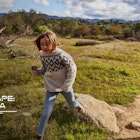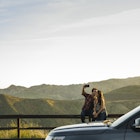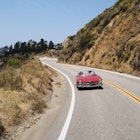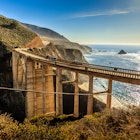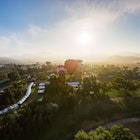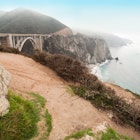For a good portion of quarantine, I’ve had John Steinbeck on the brain. This spring marks 80 years since the author and eventual Nobel Prize winner embarked on a six-week expedition, chartering a sardine boat in Monterey, California and sailing around Mexico’s Baja Peninsula to explore the Sea of Cortez. The trip, which took place fresh off his success from The Grapes of Wrath, would inspire two later Steinbeck books: The Pearl (fiction) and The Log from the Sea of Cortez (nonfiction).
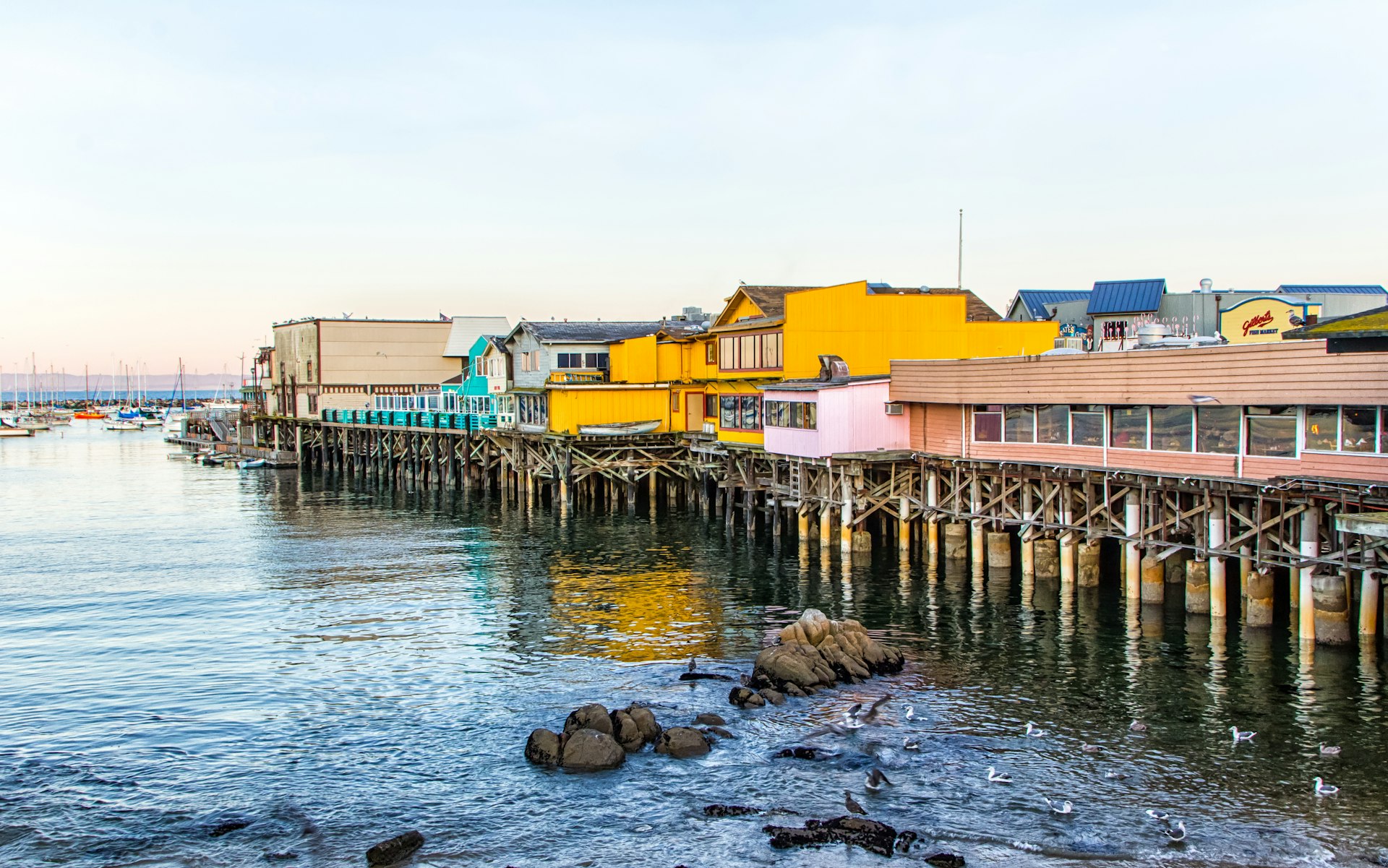
Before quarantine life, and armed with a copy of the Log, I set out on my own exploration of Baja California Sur to honor the anniversary. Though I only had ten days compared to Steinbeck’s six weeks, I hoped to experience a handful of the coastal towns the writer visited and see for myself the effect of eight decades on “the world’s aquarium,” as Jacques Cousteau called that stretch of Mexican sea.
Steinbeck traveled from March 11 to April 20, 1940 and, originally, I wanted to match my dates more closely. However, I’m glad I bumped my trip up, as by the time I returned home to Los Angeles on March 13, I came back to an eerily empty LAX and quarantined myself the next day.
The Log
In the beginning of the Log, Steinbeck mentions far-off news of war, but admits he and the crew of the Western Flyer were unaware of world events. He writes, “Hitler marched into Denmark and into Norway, France had fallen, the Maginot Line was lost – we didn’t know it, but we knew the daily catch of every boat within four hundred miles.” By the time Steinbeck published an early version of the Log, called Sea of Cortez: A Leisurely Journal of Travel and Research, it was the first week of December 1941 and the war had reached America. As Richard Astro writes in the intro to the Penguin Classics edition of the Log, “… the reviews in the papers of Sunday, December 7, were hardly noticed as readers were distracted by events of much more immediate importance.”
The aim of Steinbeck’s trip was to collect specimen from the Sea of Cortez for identification and study back at the lab of Ed Ricketts, a close friend and a Monterey-based marine biologist. To do so, Steinbeck and Ricketts, who joined on the trip, assembled a beer-swigging motley crew of four.

After a lengthy (and booze-filled) sendoff from the docks of Monterey and a pitstop in San Diego for fuel and supplies, the Western Flyer beelined for Cabo, or “Cape San Lucas,” as Steinbeck calls it. Here, everyone was disappointed to find “a sad little town” with “a mournful cantina where morose young men hung about waiting for something to happen.” Fortunately, a few days later, the group cruised into “the great city” of La Paz, which boosted everyone’s opinions of Mexican harbor towns. Upon seeing a new and “very expensive” hotel going up in town (most likely Hotel Perla, which is still open today), Steinbeck predicts, “Probably the airplanes will bring week-enders from Los Angeles before long, and the beautiful poor bedraggled old town will bloom with a Floridian ugliness.”
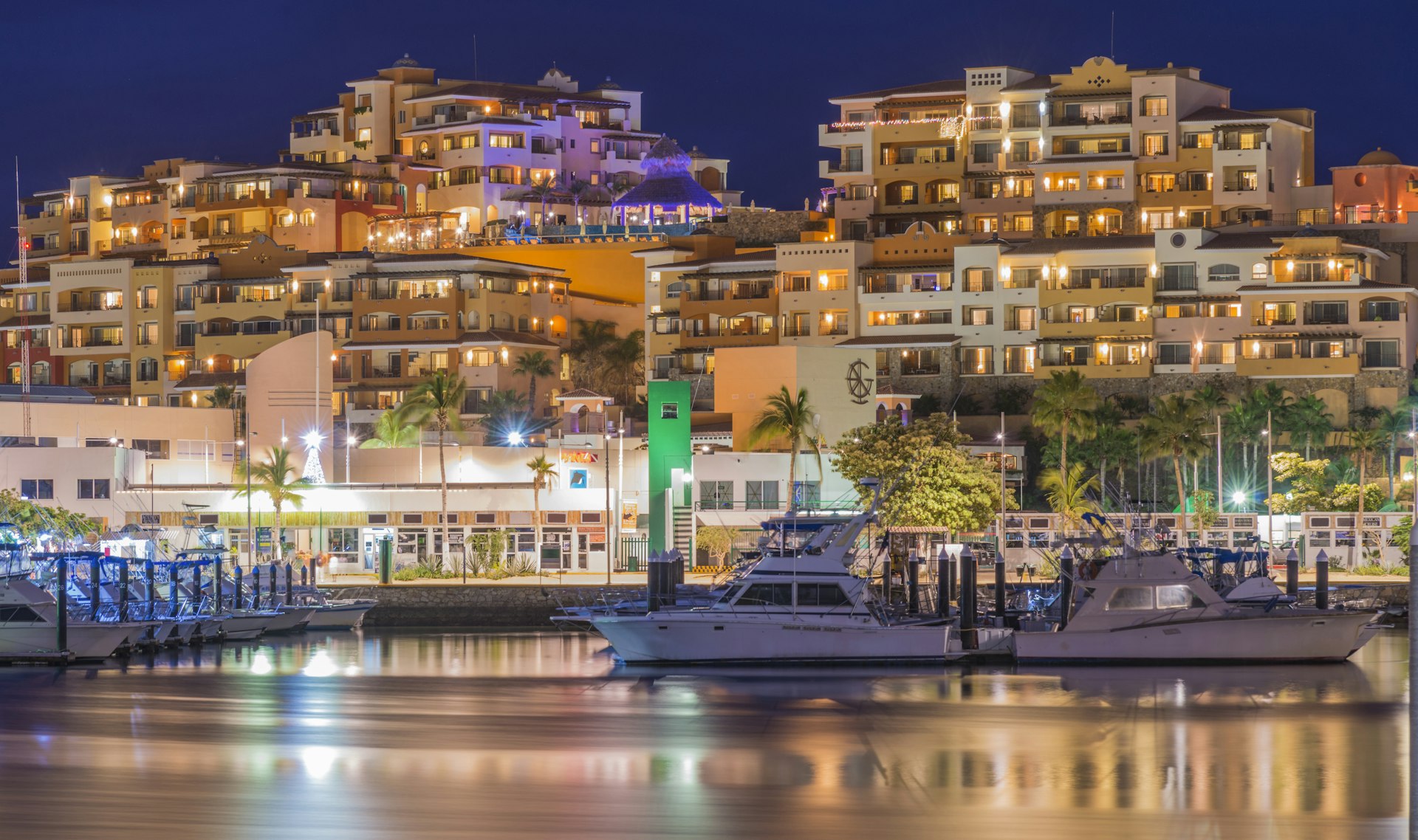
Predictions about La Paz aside for the moment, the description of a crestfallen 1940s Cabo creates one of the most striking then-versus-now dichotomies from the book. Certainly, the entire crew would be shocked to hear that it was that depressed seaside town, not La Paz, that blew up into a nexus of tourist activity: cantinas owned by rock stars, mega resorts offering doggy yoga and water adventure by paddle board, parasail or hydroflight. Where La Paz is concerned, Steinbeck isn’t entirely wrong. Angelenos do visit, but, rather fortunately, airport inaccessibility has saved the state’s capital from over tourism or what Steinbeck calls “Floridian ugliness” (no offense to the Sunshine State). The airport in La Paz primarily serves domestic flights, so international visitors most likely fly into Cabo and then drive two hours north.
La Paz
That’s exactly what I did to begin my Sea of Cortez exploration. Because I had visited Cabo before, I only passed through the airport on this trip – spending a solid 45 minutes in passport control with throngs of spring breakers – before heading to the capital city. But based on previous visits, I’m happy to report that the “sad” town has also transformed into a bonified culinary destination, thanks to restaurants such as Manta at The Cape hotel (from internationally-acclaimed Mexican chef Enrique Olvera), plus Flora Farms and Acre leading a farm-to-table movement in in the area.

In the Log, Steinbeck says, “Everyone in the area knows the greatness of La Paz,” and that portrayal of the town as a regional magnet tracked with my experience. Upon my arrival, the malecón, or boardwalk, bustled with activity as workers erected temporary bandstands and stalls for food and souvenir vendors. A carnival celebration began that weekend, with visitors from across the state flocking to town for live music, micheladas and a shot at winning a Virgin Guadalupe piggybank from a dart-throwing game.
At CostaBaja Resort & Spa, visions of Steinbeck are everywhere, literally. The hotel’s hallways are lined with photos from the writer’s Baja expedition. Additionally, the property’s upscale restaurant is named Steinbeck’s and features a collection of the author’s books as well as hundreds of bottles of tequila – all displayed behind glass cases that wrap around the room. CostaBaja is about a 20-minute drive from downtown, but the advantage here is that rooms look directly onto a peaceful marina and a private beach club is just a stroll away. On a property tour, a hotel worker pointed to two superyachts sitting in the marina – Seven Seas, owned by Steven Spielberg, and Venus, the boat commissioned by the late Steve Jobs. As it turns out, Steinbeck was right about La Paz attracting Californians; but while Cabo draws casual tourists, the capital city remains hidden enough to lure billionaires and off-the-beaten-path adventurers.
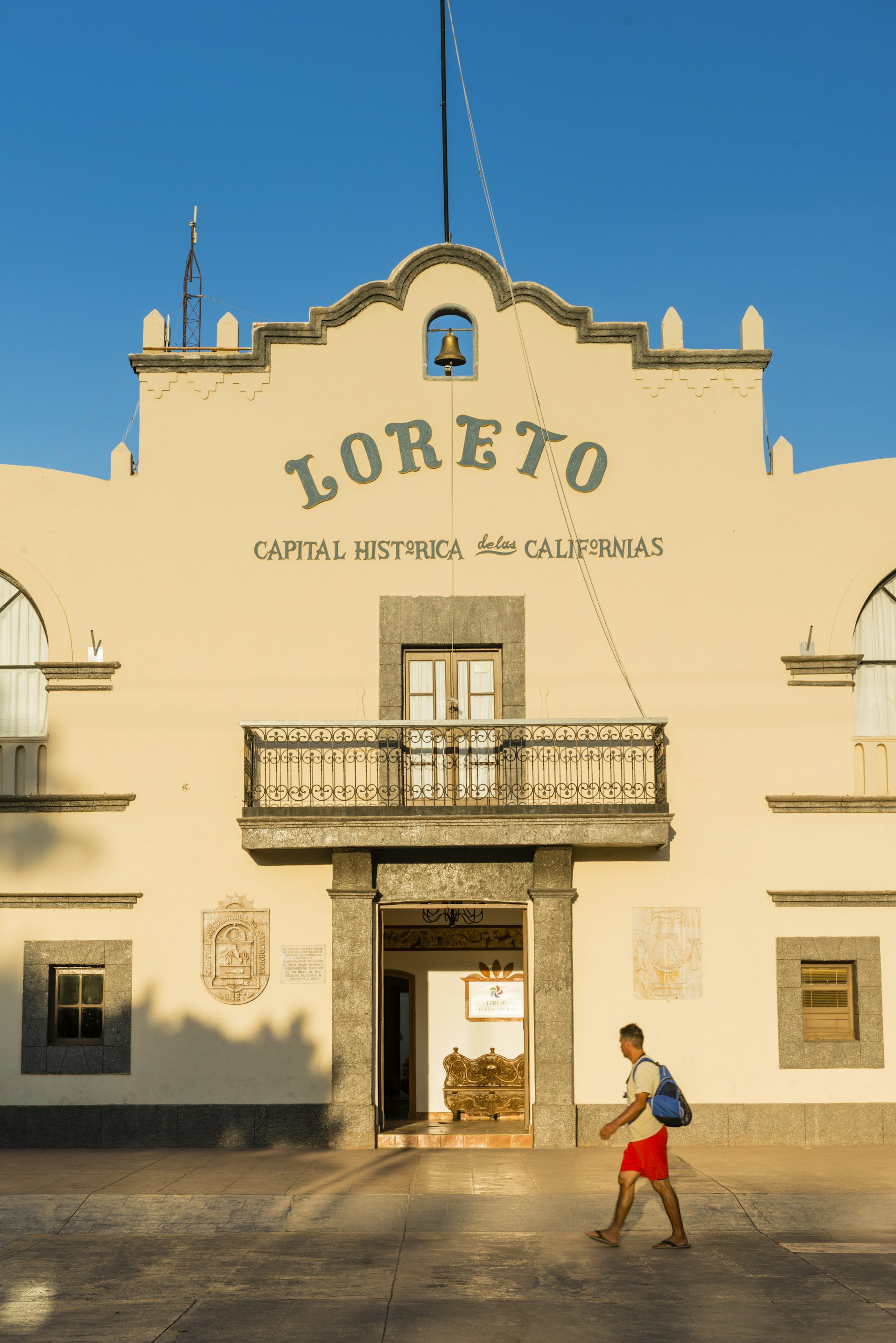
By the time I made it to Loreto, about 220 miles north of La Paz, I had seen humpbacks and grays and whale sharks. On a catamaran day-trip, we left from Puerto Escondido (another stop on Steinbeck’s route) and sailed past the islands of Danzante, Carmen and Coronado. We saw blue whales as well as a pod of at least three dozen dolphins. Stopping on Carmen, the largest of the islands, we found white algae-rich terrain, stamped with fossilized seashells. A quick sweep of what’s called Arroyo Blanco Beach revealed a shark skull, dried sea fan corals and white shells that resembled mushroom tops.

In town, I was happy to find the mission of Loreto, built in 1697 and the oldest surviving mission of the Californias, in good shape. Steinbeck visited before restoration and discovered “the roof had fallen in and the main body of the church was a mass of rubble.” But like the writer, I’d describe Loreto itself as “a lovely town, with gardens in every yard and only the streets white and hot.” I scoured the streets for souvenirs, as did the crew in 1940, and purchased a handmade throw at a shop called the Blanket Factory.

As I write this, well into the sixth week of California’s stay-at-home order, I keep circling my travels to the Sea of Cortez, savoring every moment of that last adventure before quarantine, as I imagine many of us are doing. Ironically, it’s now that I’m grounded that I truly feel “the slow heave of a sailing ship” and better understand “the patience of waiting for a tide.”
I’m trying to hang onto the golden glow of that final trip just a little longer. I’ve also been returning to the Log and rereading passages that are so timely. How surprising to turn to an 80-year-old travelogue for comfort today. To describe the end of the journey, Steinbeck writes, “We had lost the virus, or it had been eaten by the anti-bodies of quiet. Our pace had slowed greatly; the hundred thousand small reactions of our daily world were reduced to very few.”






